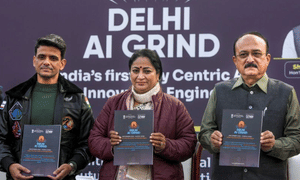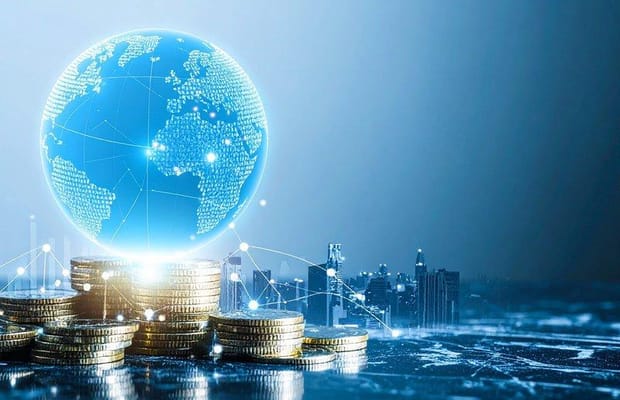
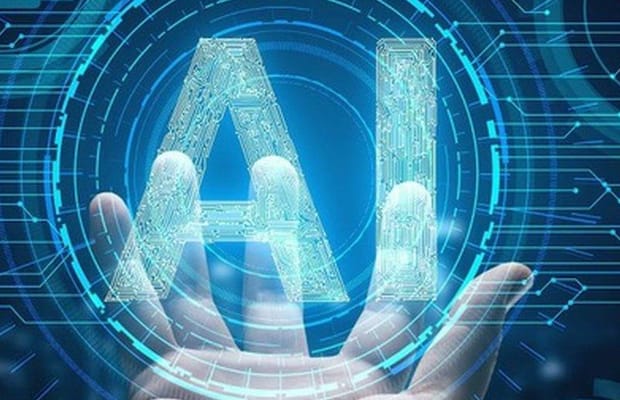





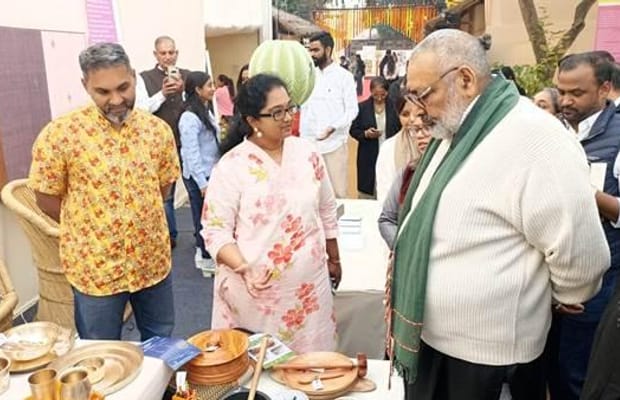


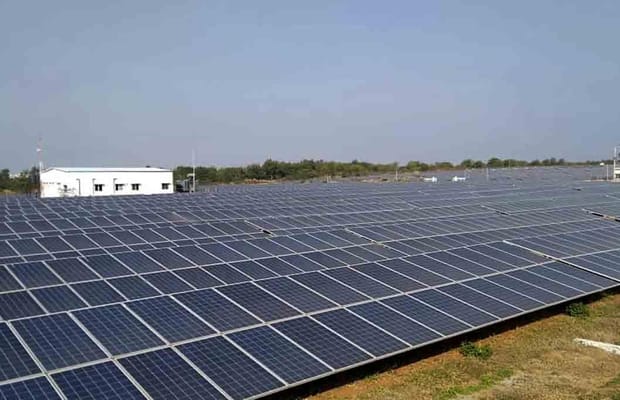



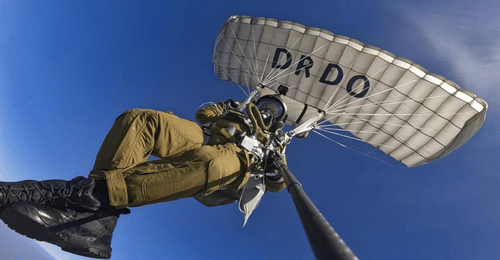










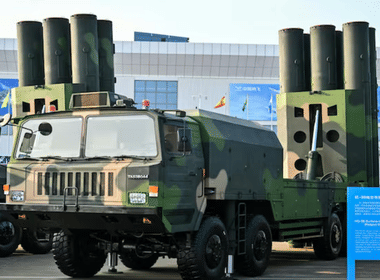


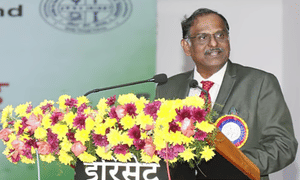


OpenAI unveiled its GPT-5.2 AI model, following an internal “code red” reportedly issued by CEO Sam Altman in early December, which paused non-essential projects and redirected teams to speed up development in response to Google’s Gemini 3. According to the company, GPT-5.2 features enhancements in general intelligence, coding capabilities, and long-context comprehension. The model is expected to provide greater practical value for users, improving tasks like creating spreadsheets, designing presentations, and managing complex multi-step projects.
Google launched the latest version of its Gemini in November, showcasing Gemini 3’s strong performance across several widely recognized AI benchmarks. “Gemini 3 has had less of an impact on our metrics than we feared,” Altman told CNBC on Thursday, alongside Disney CEO Bob Iger. Google has not yet commented to Reuters.
Disney announced it is investing $1 billion in OpenAI and will allow the company to incorporate Star Wars, Pixar, and Marvel characters into its Sora AI video generator. OpenAI, which is backed by Microsoft, stated it has no plans to retire GPT‑5.1, GPT‑5, or GPT‑4.1 from its API. GPT-5.2 Instant, Thinking, and Pro versions will begin rolling out in ChatGPT on Thursday, starting with paid subscriptions.
Disclaimer: This image is taken from Reuters.
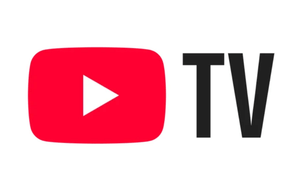
YouTube has announced that its live TV service will move away from the traditional all-in-one bundle. Beginning in early 2026, the platform plans to offer over 10 genre-based channel packs, allowing subscribers to pay only for the categories they actually watch. This marks the first time YouTube TV will break its cable-style bundle, signaling a shift toward a more a-la-carte streaming model. Currently, the service is not available in India.
A YouTube press release revealed that one of the primary packs will focus on sports, featuring content from major broadcasters and networks such as FS1, NBC Sports, the full ESPN lineup, and the upcoming ESPN Unlimited service. Subscribers will still have the option to add premium extras like NFL Sunday Ticket or RedZone, similar to current add-ons. Key features such as unlimited DVR, multiview, key plays, and fantasy tracking will remain available across all packs.
While the complete list of packs has not been disclosed, TechCrunch reports that bundles focused on news, family, and entertainment are also in development. Overall, YouTube TV appears to be moving toward a flexible streaming model where users can mix and match content bundles rather than subscribing to a full cable-style package.
YouTube is also enhancing its A/B testing tool, allowing creators to test up to three different titles, thumbnails, or a combination of both on long-form videos—an improvement from earlier tests that were limited to thumbnails. Each variant is shown to different viewers for up to two weeks, after which YouTube automatically selects the version with the highest watch time, though creators can override the choice.
Test outcomes are labeled as “Winner,” “Performed Same,” or may default to the first version if no clear result emerges. YouTube notes that tests can fail if the variations are too similar or the video receives insufficient impressions. The platform advises using distinct designs to achieve meaningful results and emphasizes watch time over click-through rate to ensure that titles and thumbnails accurately reflect the content and promote genuine engagement.
Disclaimer: This image is taken from YouTube TV.

IBM is reportedly in advanced discussions to acquire data infrastructure company Confluent for around $11 billion, according to the Wall Street Journal. The move aims to strengthen IBM’s position in the growing cloud services market. Confluent, an open-source platform that handles large-scale real-time data—from bank transactions to website clicks—could see the deal announced as soon as Monday, the WSJ said, citing unnamed sources. Reuters could not immediately confirm the report, and neither company responded to requests for comment outside business hours.
In October, Reuters reported that Confluent was exploring a sale and had engaged an investment bank to manage interest from potential buyers. Confluent’s market capitalization is roughly $8.09 billion, while IBM, based in New York, is valued at about $287.84 billion. Investor caution has risen after IBM reported slower growth in its core cloud software business in October, raising concerns about sustaining momentum. Analysts noted that stronger software performance will be essential for IBM to maintain overall growth.
Acquisitions remain a central part of IBM’s strategy to meet investor expectations. Last year, IBM acquired HashiCorp for $6.4 billion, expanding its cloud offerings to meet rising AI-driven demand. Under CEO Arvind Krishna, the company has emphasized software and cloud services to capitalize on growing corporate cloud spending.
IBM’s interest in Confluent reflects the increasing demand for data infrastructure, driven in part by the race to develop generative AI. In May, Salesforce acquired software maker Informatica for about $8 billion to boost its AI capabilities. Confluent’s shares, based in Mountain View, California, closed at $23.14 on Friday, down slightly.
Disclaimer: This image is taken from Reuters.

India is considering revising its directive that requires smartphone manufacturers to pre-install a government-run cybersecurity app, Communications Minister Jyotiraditya M. Scindia said on Wednesday, indicating a softer approach following public concerns about surveillance. Earlier, the main opposition party criticized the government over the move, and newspaper editorials echoed privacy advocates in opposing it. The directive could also create tensions with phone makers, with sources reporting that Apple does not plan to comply.
“We are ready to make changes to the order based on the feedback we receive,” Scindia told parliament. According to Reuters, the government had privately instructed companies including Apple, Samsung, and Xiaomi to preload the app, called Sanchar Saathi (Communication Partner), on new phones within 90 days. The government claims the app is intended to track and block stolen phones and prevent misuse.
Senior Congress leader Randeep Singh Surjewala asked the government to clarify its legal authority for mandating a non-removable app and called for a parliamentary debate on privacy and security risks. He also raised concerns that the app could include a backdoor, compromising user data, and requested disclosure of cybersecurity audits and safeguards. The government has ordered the app to be delivered via software updates to existing devices and required manufacturers to ensure it cannot be disabled, describing it as necessary to address serious cybersecurity threats.
Industry sources note the move is unusual, with Russia being one of the few other examples, where Moscow mandated pre-installation of a state-backed messenger app, MAX, on mobile devices. Apple reportedly plans to communicate its concerns to New Delhi, emphasizing that it does not accept such mandates anywhere due to privacy and security risks within its iOS ecosystem.
The directive has sparked intense debate on Indian news channels, with politicians and privacy advocates weighing the pros and cons. Newspapers like The Indian Express highlighted surveillance concerns, while The Times of India urged the government to withdraw the order, calling phones “private space” and warning of potential future intrusions.
This controversy marks the second major privacy-related criticism faced by Modi’s government, after a 2020 COVID-19 contact-tracing app initially required for office workers was later made voluntary following privacy protests. Despite criticism, app downloads rose, with Sensor Tower reporting a 13% increase to 78,000 daily downloads on Monday.
Disclaimer: This image is taken from Reuters.
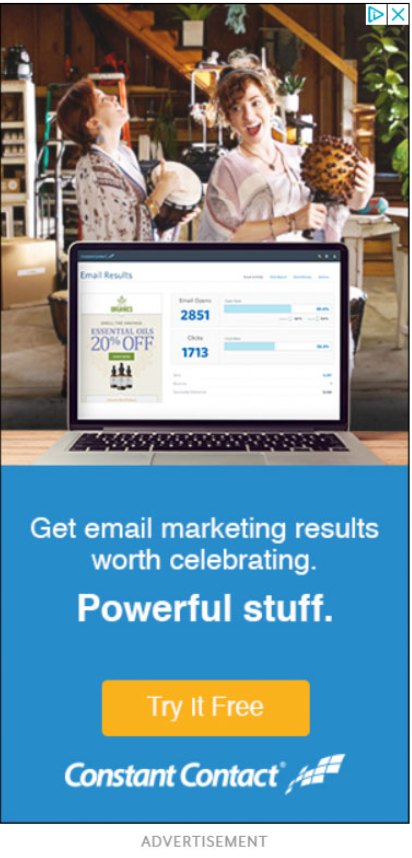


During the daily market analysis segment on Open For Business, hosts Andrea Heng and Genevieve Woo engage in a detailed discussion with Mel Siew, who serves as the Portfolio Manager for Asia Public Credit at Muzinich & Co., covering insights, trends, and key developments impacting financial markets across the region.
Disclaimer: This Podcast is taken from CNA.

Authorities are alerting the public to a new scam that uses fake digital identity cards. Could our tendency to casually share NRIC or passport scans via messages or email be making it easier for scammers? Daniel Martin discusses this with Matthias Yeo, CEO of CyberXCenter, a company dedicated to strengthening cybersecurity in Singapore.
Disclaimer: This Podcast is taken from CNA.

OpenAI, the artificial intelligence company, is reportedly gearing up for an initial public offering (IPO) that could value it at as much as US$1 trillion, potentially ranking among the largest in history. The firm is expected to file with regulators by the second half of 2026, with a possible market debut in 2027. Hairianto Diman and Syahida Othman explore whether this trillion-dollar valuation is rooted in real fundamentals or driven by the growing hype surrounding AI’s future, alongside insights from Kyle Rodda, Senior Financial Market Analyst at Capital.com.
Disclaimer: This Podcast is taken from CNA.

As cyber threats become increasingly sophisticated and widespread, it is essential for businesses, government agencies, and individuals to stay informed about the latest trends, tactics, and strategies used by threat actors. Hairianto Diman and Syahida Othman explore how the private sector and government can enhance collaboration in cybersecurity with insights from Emil Tan, Director and Co-Founder of SINCON.
Disclaimer: This Podcast is taken from CNA.








